If these simple fixes don't work, let's delve deeper.
If you find yourself turning the key in your ignition and getting nothing but silence, don't panic-there's a systematic way to figure out what's wrong and get your car started again.
Start by checking the basics: make sure your car is in "Park" (for automatics) or neutral (for manuals), that there's enough fuel in the tank, and that the steering wheel isn't stuck.
These simple steps can often save you from unnecessary complicated fixes. Once these are checked, you're ready to delve into more detailed troubleshooting for your silent car woes.
Preliminary Checks Before Troubleshooting
Before diving into advanced diagnostics, conduct basic system checks to ensure the issue isn't due to simple oversights, such as the starter being inaccessible.
Verify the transmission shift lever sets properly in "Park" for automatics or neutral alignment with manual gear shifters. A misaligned gear shift range sensor may prevent ignition or fuel supply by safety design. While checking, ensure the steering wheel turns freely without binding which could indicate mechanical issues in the steering column rather than starter electricals.
Finally, visually inspect the fuel gauge to check for depleted tanks. Low fuel levels cut off fuel pump action and engine rotations after brief sputtering attempts, much like starter battery depletion. Track mileage more diligently to avoid unexpected outages. Now with quick checks complete, onward to more systematically isolating failure points.
Battery-Related Issues
Batteries power the entire vehicle, so when they underperform, it affects ignition and starter motor activation. Target battery issues first since they are a common yet easily fixed cause of hard cold starts.
1. Identifying a Dead or Bad Battery
Turn all electrical accessories off completely and attempt to start the vehicle. If the lights and displays illuminate but the starter only weakly clicks or whines inconsistently instead of robustly cranking, the battery lacks sufficient charge to engage the flywheel.
Inspect the battery connectors for dirt or corrosion that may obstruct electrical contact. Connect a jumper cable between the dead battery and a running vehicle's battery of equal voltage to bridge power to the stalled car. Let the batteries connect for 5-10 minutes before trying the ignition again to restore electrical function and engage the starter using the donor vehicle's voltage. Now, a jump starter will help you a lot.
For batteries needing frequent replacement, install higher cold cranking amp (CCA) models exceeding vehicle needs to avoid frequent replacements. Disconnect cables when storing vehicles long-term to prevent dormant charge leakage from draining new batteries.
2. Lost Connections
If the dashboard remains completely dark and silent when turning the ignition or jumpstarting fails, poor contact with the battery terminals likely causes disconnections rather than true battery failure. Check cable connectors at the terminals for white or green corrosion buildup impeding metal-to-metal contact that properly conducts voltage downstream.
Unfasten then reseat cleaned connectors or brush mild abrasives between contact points protected with grease to ensure pristine connections. When corrosion is severe, replace damaged cables to restore robust battery bonding critical for starter performance.
More information: Removed Battery put back in now car won't start.
Charging System Malfunctions
While the charging system doesn't store or supply power directly, problems with charging components related to the starter produce similar symptoms. However, the fixes differ, necessitating proper electrical system diagnosis.
1. Alternator Failure
Warning lights glowing red accompanied by dimming high beams, slowing cooling fans, and decreasing radio volume signal a faulty alternator no longer converting mechanical motion into replenishing electrical energy after starting. This progressively drains the battery over trips without recharging until depletion stalls motors mid-drive or prevents ignition.
Verify charging issues using voltmeters on running vehicles then replace malfunctioning alternators promptly to avoid being stranded from battery starvation. When installing replacements, carefully inspect connecting belt tension to prevent slippage that disrupts vital energy transfer to the battery at idle and when simultaneously operating electrical components.
More information: Do You Have a Bad Alternator or Battery? (14 Symptoms).
2. Electrical Shorts
Less catastrophic electrical shorts and degraded wiring still negatively impact starting. Inspect all visible cords and harnesses for cracked insulation exposing current-carrying metal wires to potential short-circuiting. Also, check for properly seated connectors throughout the ignition circuit. Questionable wires or connectors warrant professional diagnosis in case entire sections require systematic replacement to reroute connections reliably.
Additionally, examine the bolted negative battery ground wire securing chassis connections required to complete energy delivery pathways. A loose ground cable bleeds off power, draining voltage from starter activation similarly to corrosion buildup. Remove paint or debris on grounded metal then reattach wires to ensure solid metal-to-metal contact for keeping alternating currents contained rather than prematurely bleeding off.
More information: Car Common Charging System Issues & How to Fix.
Ignition System Troubles
Methodically tracing electrical pathways helps pinpoint ignition system issues bridging the battery to starter engagement.
1. Starter Motor Failures
If the dashboard energizes but the starter only faintly clicks without cranking, the starter motor output stages likely falter, failing to power mechanical engagement. Replace failed drive motors or solenoids. Match replacements' electrical requirements to prevent mismatches. Check these 5 ways to shoot.
2. Faulty Ignition Switches
Illuminated cabin controls with no sound when turning the key indicate broken switch contacts failing to release current downstream, despite working electricals and starters. Replacement is needed to confirm mechanical issues. Use professional assistance for complex steering column housing disassembly.
More information: Symptoms of a Failing Ignition Switch - AutoZone.
3. Spark Plug Misfires
Inspect worn spark plug gaps if engines crank but sputter weakly before stalling. Remove old plugs and check gap widths against specifications, usually 0.6-1.0 mm. Replace plugs where spacing expanded beyond tolerance or corrosion prevents sparking. Carefully gap and seat fresh plugs.
Fuel System Issues
Depleted fuel supplies can directly stall running motors regardless of electrical issues. Trace gasoline flow paths from reservoirs to injectors to isolate causes.
1. Clogged Fuel Filters
Modern ethanol mixtures gumming outdated paper filters can choke flows, decreasing motor response after successful ignition. Noticeable idle power and RPM drops point to contaminated filters no longer maximizing performance.
Swap clogged canister filters to restore unencumbered flow into motor chambers. Carefully release pressure before disconnecting old units. Firmly reset replacement seals to avoid leaks. Add future filter change date stickers to new units as a reminder.
More information: Bad Fuel Filter Symptoms: Signs Your Fuel Filter is Clogged - AutoZone.
2. Failed Fuel Pump Relays
If motors die instantly after starting, severed power to electronically controlled fuel pumps cut off gasoline at valves rather than just mechanical filter clogs. Swap identical fuel pump relays borrowed from non-critical secondary vehicle systems unlikely to concurrently default. Isolating relay interruptions systematically before replacement avoids wasted expenses.
More information: Signs of a Bad Fuel Pump Relay, Plus Testing Procedure.
Mechanical Failings Within the Engine
Internal motor component wear can also prevent cold starts by diminishing compression or ignition timing.
1. Broken Distributor Caps
Cracked distributor caps leak high voltage current intended for specific spark plugs, causing misfires as energy bleeds elsewhere rather than detonating precise mixtures. This disrupts precision timing optimized for engines and speeds.
Visually inspect for hairline fracture leaks. Replace faulty caps with exact fits, properly seating, and align new distributor components with spark plug wires to fully restore tuned timing.
Related: Bad Distributor Cap: Symptoms and How To Fix.
2. Timing Belt Failures
Loose timing belts thrown off by damaged tensioners cannot properly synchronize valve and ignition sequences necessary for cold starts and smooth revolutions.
Replacing slipped belts fixes the issues, but prevention is key. Follow factory intervals for tensioner and belt replacement every 60-100k miles before deterioration signs appear. Allowing belt failure risks major repairs exceeding rebuild costs. Stay proactive.
Advanced Diagnostics
In rare cases, starting failures are traced to niche electrical issues beyond fundamental fuel, spark, and compression components. Modern luxury vehicles in particular introduce complexity needing methodical verification across activation sub-systems.
1. Key Fob Battery Replacement
Dead batteries in keychain fobs fail to emit unlock signals to door sensors. While backup physical keys often remain as a last resort, some systems mandate fully powered fob connectivity for verification. Replace watch or calculator batteries inside the fob casing to restore wireless transmission range and prevent detection shortcomings.
2. Resetting Immobilizer Security
Meanwhile, anti-theft immobilizer circuits refuse to release the starter until properly paired keys or fobs come nearby. Yet malfunctioning modules may falsely trigger alarms even for rightful ignition sources. Consult dealerships to reflash firmware if warning lights show deactivated immobilizer links despite present and functional activation devices after a thorough inspection.
Environmental and Additional Factors
Along with vehicle breakdowns, situations outside the vehicle's control can contribute to no-starts in cold weather by overtaxing systems already stressed by extreme conditions. Addressing these added complications can improve overall reliability.
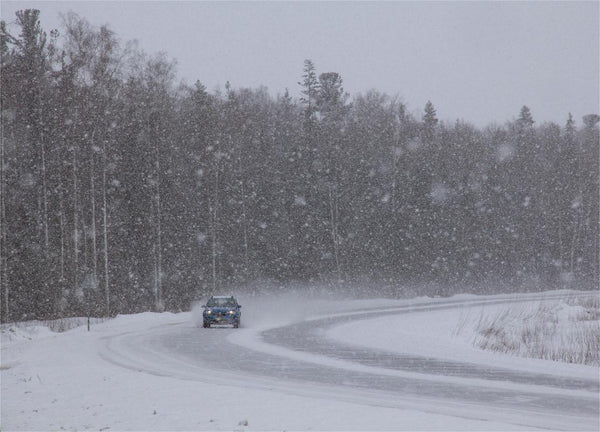
1. Battery Performance in Cold Weather
Chemical reactions in batteries slow down a lot in the cold. Weak batteries have much more trouble starting vehicles in winter conditions. Consider investing in maximum-rated replacement batteries with higher capacity to supply abundant power when needed most. Also, protect batteries with insulating covers and built-in warmers when parked to prevent voltage draining overnight.
2. Diesel Exhaust Fluid
Many modern diesel vehicles have emission controls that verify pollutant levels before allowing the vehicle to start, as an environmental safeguard. Diesel exhaust fluid tanks that are allowed to run too low can trigger the engine to not start, enforcing a refill. This annoyance is easily fixed by refilling the fluid when low warnings show, according to minimum level requirements.
3. Use a Portable Jump Starter
Having a compact, powerful jump starter like the Fanttik T8 APEX in your emergency kit provides 2000 amps to restart discharged 12V batteries and get you moving again in just minutes. Its advanced safety features and 65W USB-C charging deliver confidence on the go.
Staying Proactive Helps Keep Vehicles Reliably Running
When cars won't start, be strategic. Check simple things first like battery, fuel, and transmission position. Then confirm electrical or engine issues through step-by-step testing. Weigh repair costs versus vehicle value - major problems may warrant replacement. Stay proactive on maintenance to prevent future breakdowns. Handle basic repairs yourself when possible. With smart troubleshooting and preventative upkeep, no-start days can stay rare rather than chronic, keeping cars dependably running.
In the intricate ballet of automotive troubleshooting, where each misstep can lead to silent despair, it's paramount to arm oneself with the right knowledge-especially when faced with the mute protest of an electric car refusing to start. For those moments, embarking on a journey through the meticulously curated wisdom found in Fanttik's exploration of electric car quandaries might just be the lifeline needed..

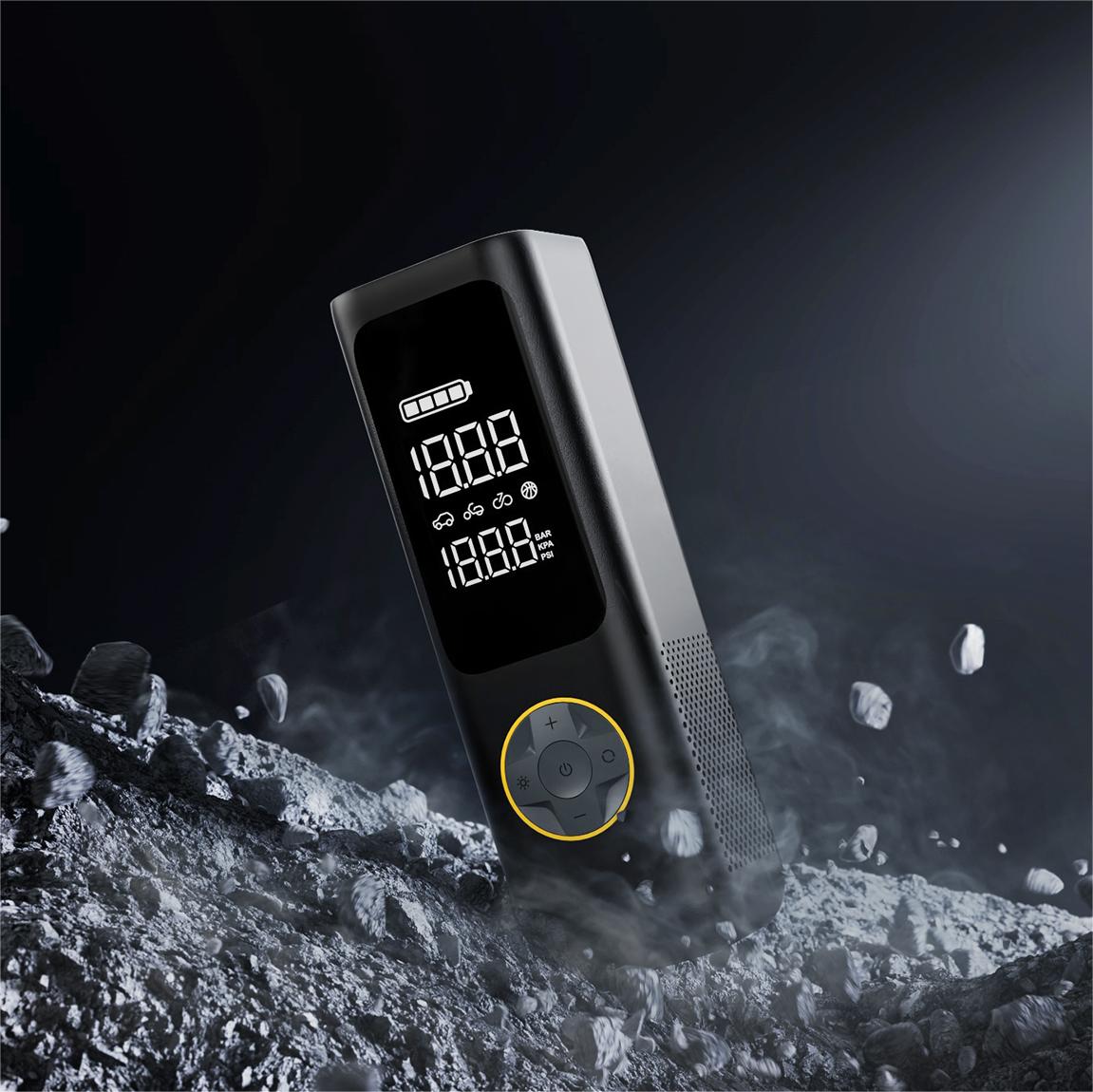

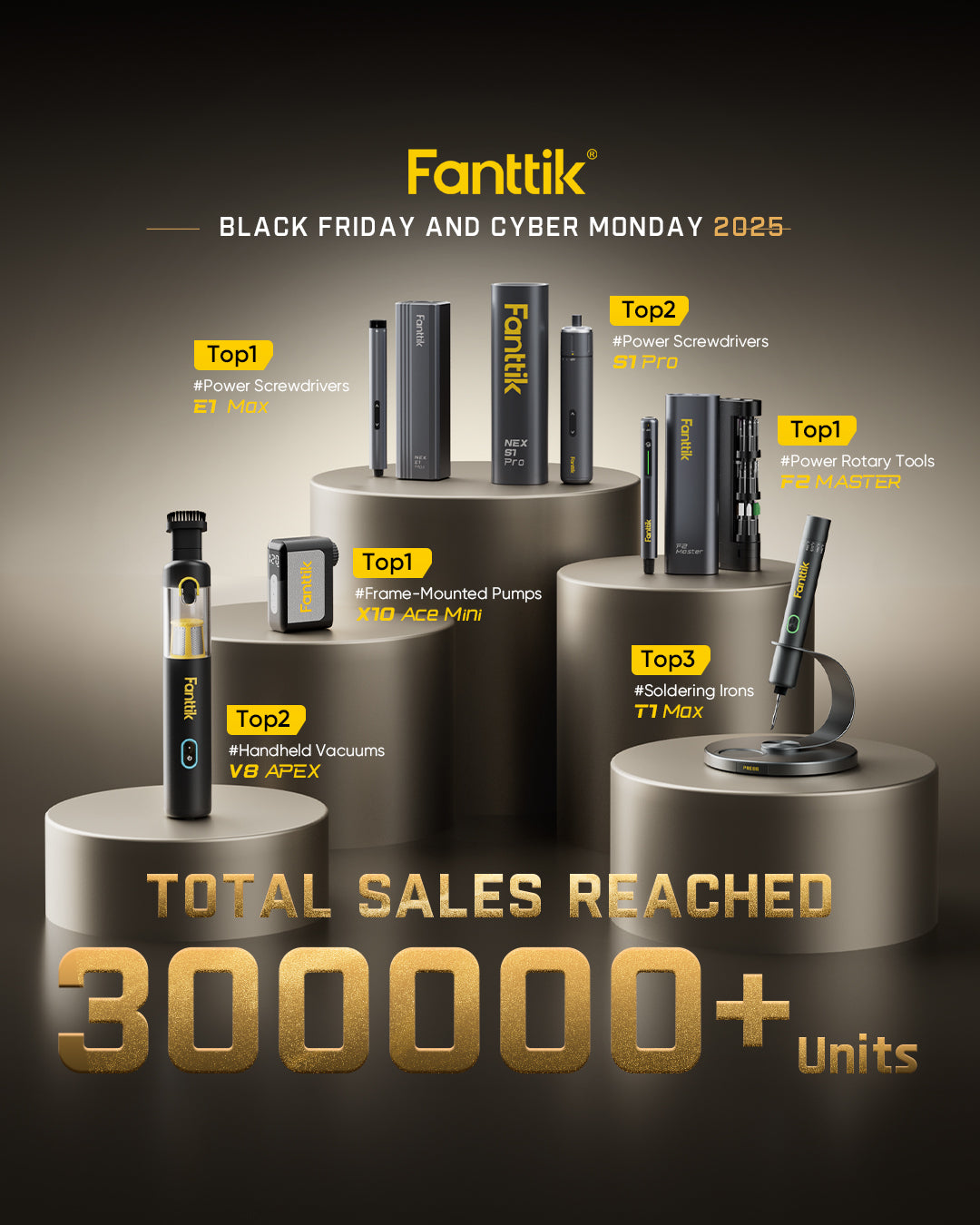

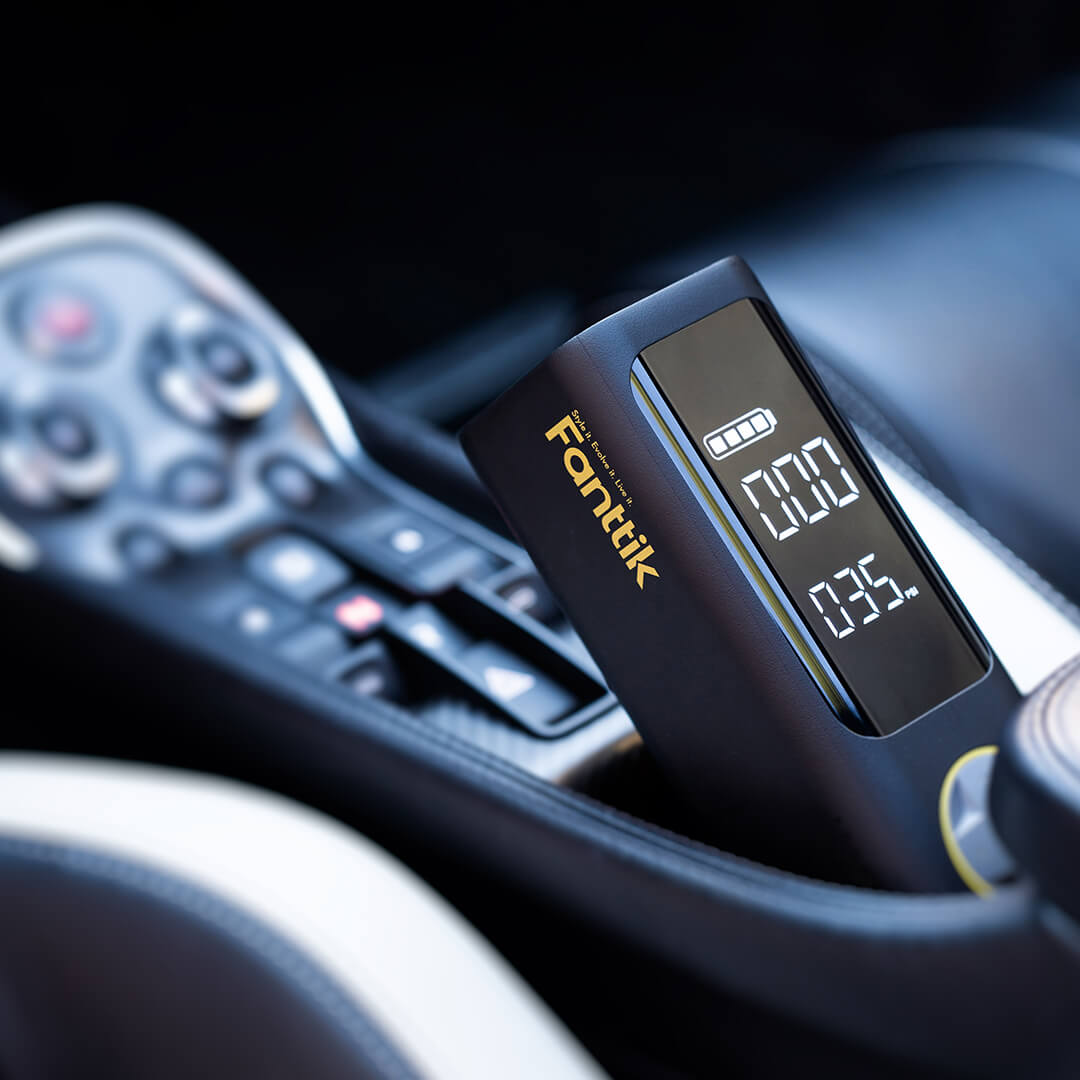
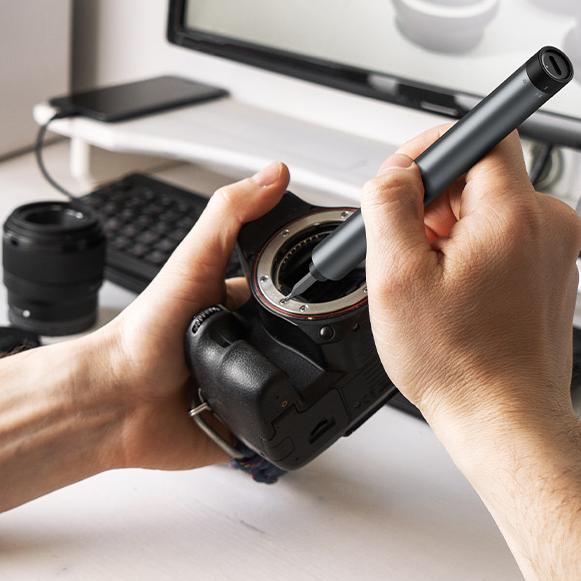





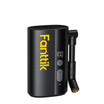
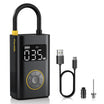
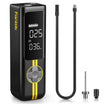
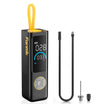
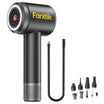
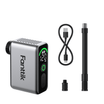
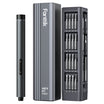
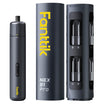
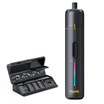
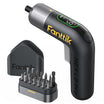
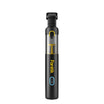
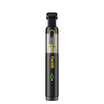
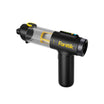
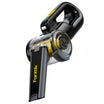
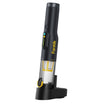
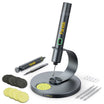
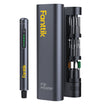
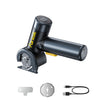
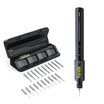


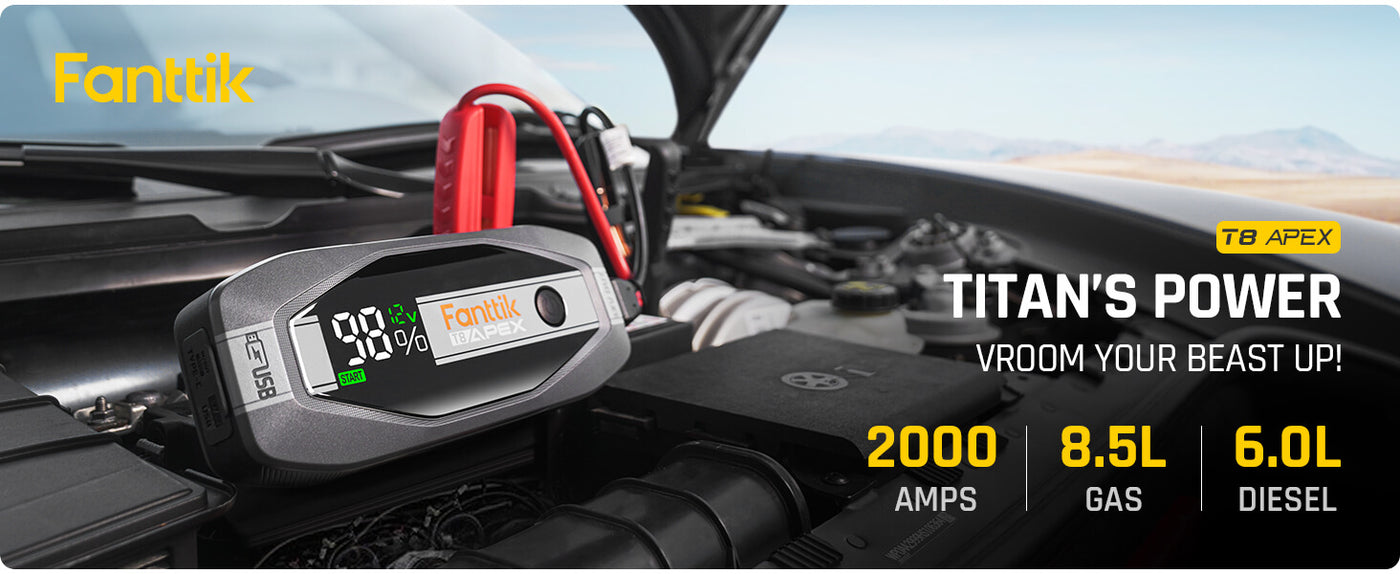
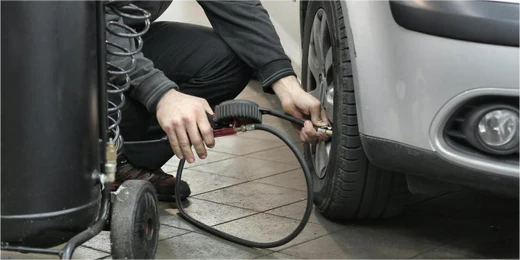

Leave a comment
All comments are moderated before being published.
This site is protected by hCaptcha and the hCaptcha Privacy Policy and Terms of Service apply.